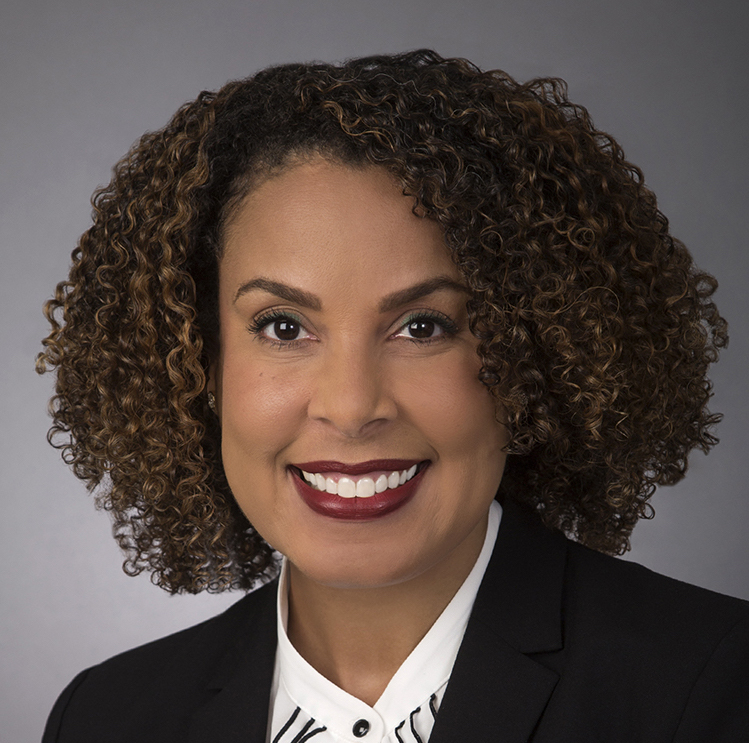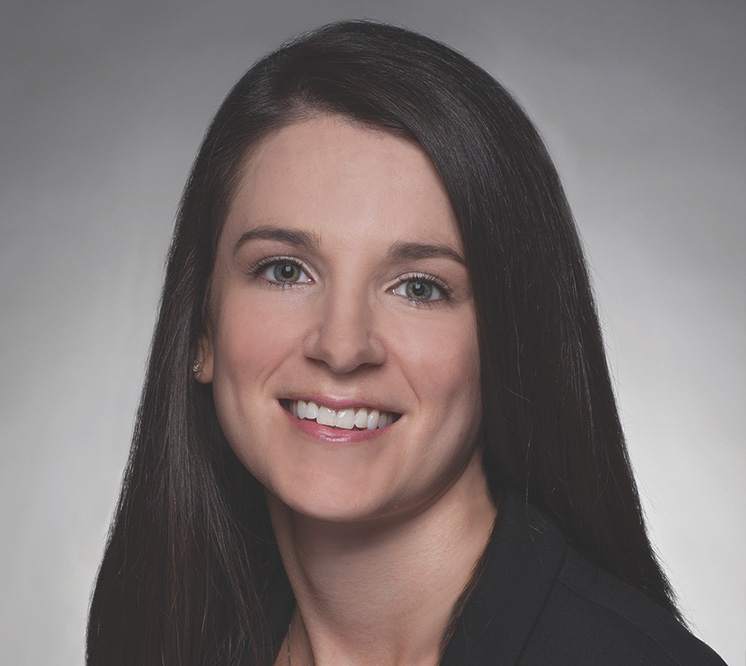In April of 2020, during a class lecture held on Zoom, University of Miami professor John Peng Zhang revealed a bookmark of a pornographic website to his students. That act, inadvertent by all accounts, cost Zhang his job.
Just one month earlier, colleges and universities had begun shutting down operations in an effort to stop the spread of COVID-19. Shortly thereafter, the official declaration of a worldwide pandemic shuttered campuses across our nation, moving learning online. This public health emergency upended life as we knew it.

Leaders of higher education institutions—responsible for the growth and development of millions of minds—were suddenly thrust into a new reality with little time to adapt. So when the Department of Education announced that Title IX mandates would be enforced during this period of online instruction, most administrators thought little of it. With policies already in place, students at home, and a myriad of competing priorities, Title IX seemed to be one of the few areas of student life that did not require immediate attention.
Was that confidence misplaced? Could existing protocols, designed in a very different time and era, prepare an institution to address the sorts of claims to which these unusual conditions could give rise?
The replacement of brick and mortar classrooms with virtual instruction not only resulted in instructors having to alter their teaching styles and methodologies, but also having to contend with significant changes to the student-teacher dynamic. The “new normal” brought about by the removal of offices, desks, and doors has, for better and for worse, dismantled many of the boundaries that once helped to maintain the formality of the teacher-student relationship. Students and professors alike now grant access into one another’s private spaces.
Gone, too, are the days of setting a schedule and easily defining availability and access: instructors are interacting with their students at far later hours than they were before, further permitting an encroachment into what was once personal. While the relaxing of norms has allowed for an unprecedented level of student engagement, it can also make faculty vulnerable to the blurring of the lines of professionalism that once seemed concrete and clear cut.

Complicating this dynamic has been the anxiety brought about by the past several months. Fears of contracting COVID-19, concerns over the country’s financial forecast, and international cries for racial justice have left most reeling, physically and emotionally. As is often the case, young people—particularly those of high school and college age—have led the charge, and borne the brunt. Educators, acutely aware of the impact of this stress on their students, have gone above and beyond to provide their charges with empathy, as well as instruction. In doing so, many have replaced the traditional rigor of syllabi and graded assignments with more informal discussions of current events and emotional wellbeing; they have deemphasized structured classes in favor of one-on-one or small group meetings.
While the unexpected and rapid shutdown of “live” campuses complicated the spring semester (to say the least), there is now an opportunity to learn from our collective stumbles and successes. Some of the ways we can address conduct in this new frontier follow.
1. Expectation setting
Moving classes and meetings to virtual spaces requires flexibility and understanding; it does not mean that expectations of appropriate behavior are no longer relevant. Consider communicating those expectations at the outset: “Our codes of conduct and related policies are in force and will be enforced.” Consider whether an email communication to the entire community at the start of the semester would appropriately set the tone. Professors might then reiterate this expectation in syllabi and during live lectures. Standard language could even be provided to faculty to include at the start of livestreams.
Certainly, it is important to be clear that harassment, bullying and any other intentional misconduct by any member of the campus community will not be tolerated. It is helpful to acknowledge, and explain, that a remote environment can also be rife with potential pitfalls driven by our desire and need to accommodate, the relaxation of standards, and the informal feel of being beamed into one another’s homes. As such, encourage students and faculty to consider when, where and how they interact with each other, and to think about the potential reception, or unintended messaging, associated with their choices:
- Is it important to limit access to business hours?
- Will I be more comfortable with a digital background?
- When I share my screen will my colleagues, students, or classmates, will they be learning more about me than intended?
2. Policy review and updates.
We expect our campus community to adhere to our policies, but do our policies, in their current form, countenance conduct issues that occur entirely in a remote context? An audit of existing policies might involve asking: What if alleged misconduct occurs, not in a Zoom chat or a live class, but rather “after hours”? Are the types of possible conduct that we’d like to prevent, and have the flexibility to discipline, covered? What limitations—legal or otherwise—are there on addressing conduct that does not rise to the level of an offense as defined in our codes of conduct and related policies, but that might be offensive to others in the space? What about the responses to misconduct—does the existing universe of potential sanctions provide a set of workable options?
To answer these questions requires consideration of the jurisdictional scope and any physical presence requirements of existing policies, thinking about how new or different types of conduct in remote spaces are addressed—and whether they should be, and how our on-campus disciplinary systems can and cannot work at a distance.
New ways of thinking might also be in order when it comes to enforcement and sanctions. Consider, for example, what latitude your faculty should and can have to immediately remove a student from a single class session if they become disruptive by improperly using the chat function. For those incidents that trigger the formal conduct process, examine whether the range of available sanctions short of suspension or expulsion have meaning when, for example, removal from housing or extracurriculars is not possible. And, if removal/termination is the only option that will have teeth, does the violation warrant the severity of that sanction or is a deferred sanction a feasible option?
There’s space to be creative in achieving the goals of our conduct processes while also ensuring fair processes and outcomes and we should tackle the challenge of such thinking early.
3. Resources.
We know that virtual environments can be isolating, which can exacerbate the consequences of (perceived) misconduct. This heightens the importance of having support resources available to even those who are not engaged in a formal conduct process.
At a minimum, we can ensure that students and employees are reminded of the availability of resources and how to access them even while away from campus. Similarly, it is important that students and faculty know how to report alleged misconduct when they cannot simply stop by the relevant on-campus office.
Drawing on a 20-year legal career that includes experience as an investigative and compliance manager in both government and at a university, Candace McLaren Lanham assists colleges and universities in matters involving Title IX compliance, the Clery Act, other state and federal laws and related issues. Amy Piccola advises institutions of higher education on matters involving issues of compliance, policy and liability, particularly with regard to student conduct matters, Title IX and other civil rights and discrimination statutes, and the Clery Act. They are both partners at Saul Ewing Arnstein & Lehr.





